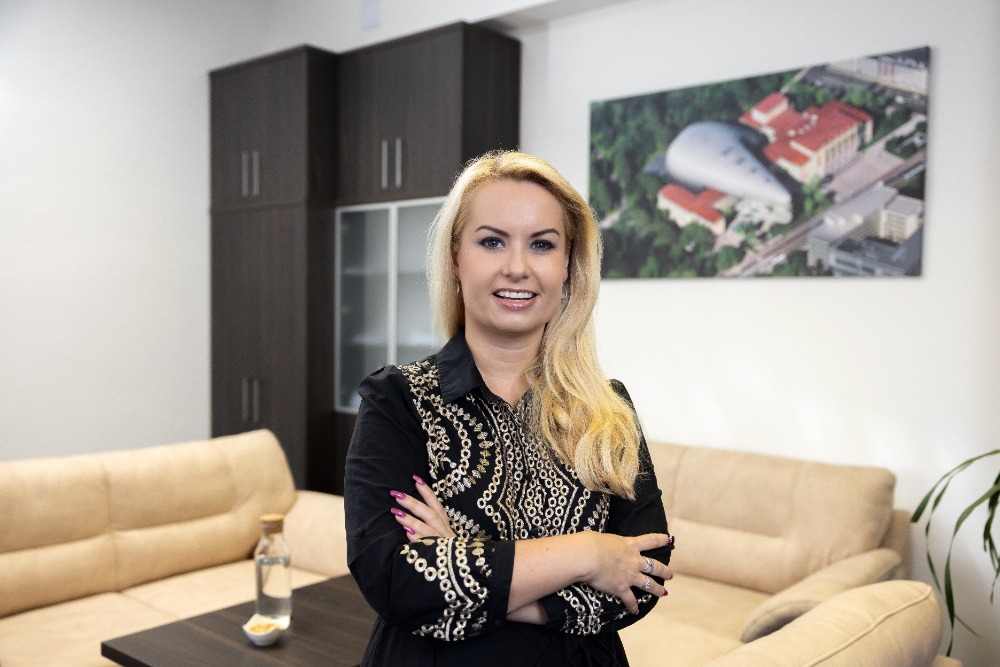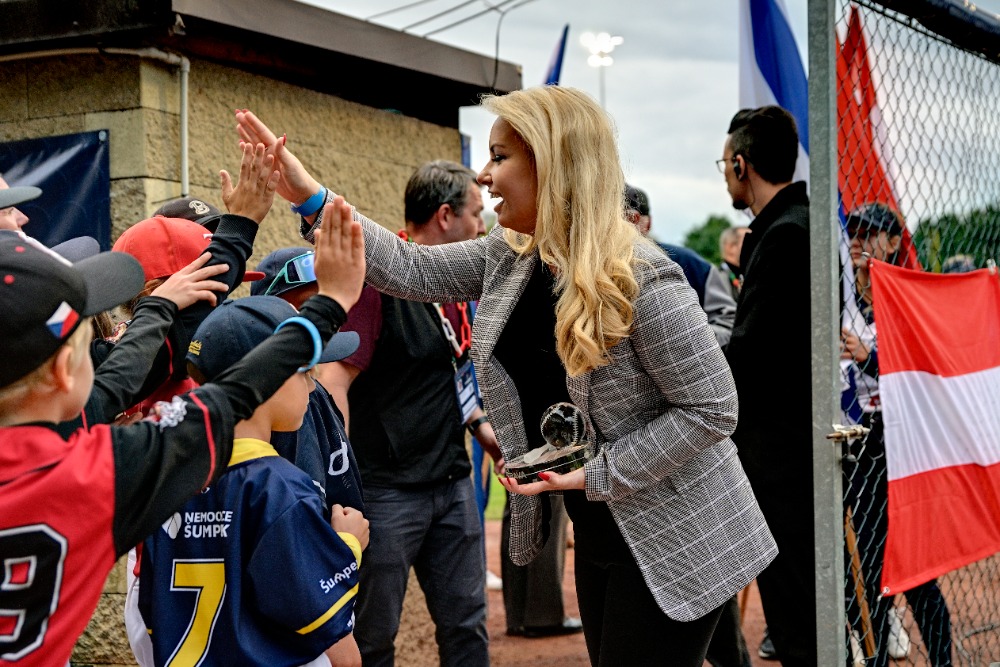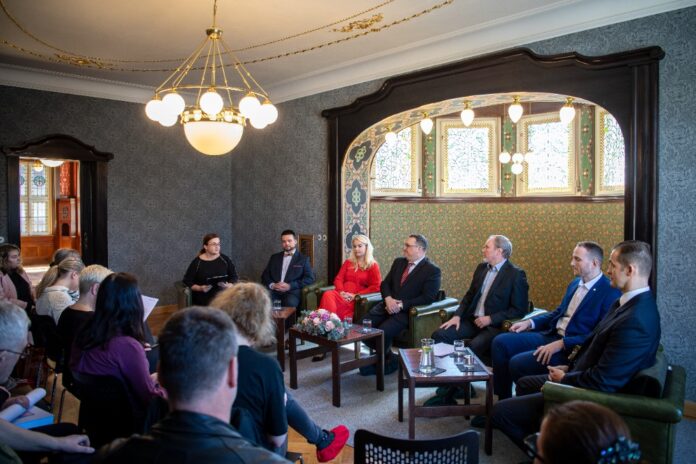Lucie Baránková Vilamová, Ostrava’s Deputy Mayor for Strategic Development and Culture, predicts a promising future for the city. She envisions Ostrava as a city with the potential to attract renowned developers who will bring innovative and practical projects to life in the Moravian-Silesian metropolis. Her assessment is based on a well-developed strategic plan, as well as discussions with the developers themselves. Is Ostrava a city destined for new development?
What types of development projects are currently critical for the city, given its strategic plan? Are there specific areas where Ostrava expects these projects to bring particular benefits?
It’s a complex question right at the start, but why not. From my perspective, it’s not entirely straightforward to define the term „development projects.“ Keep in mind that under the Strategic Development Plan of the city – branded as fajnOVA – hundreds of similar initiatives are being carried out.
„In this regard, we are striving to build high-speed rail lines, and the transformation and enhancement of the forecourt of Ostrava’s Main Train Station are also on the agenda.“
For Ostrava, as a regional center, transportation infrastructure is key. In this regard, we are striving to build high-speed rail lines, and the transformation and enhancement of the forecourt of Ostrava’s Main Train Station are also on the agenda. Regarding the road network, the construction of the Northern Link and the revitalisation of Místecká Street from the sports hall to the highway connector are absolutely essential for us. Thanks to these construction projects, the division of the city by transport arteries will finally cease, which will ease the burden on all types of road traffic.
When we think about transportation, we don’t just stay „on the ground,“ literally. The mentioned strategic plan also addresses the continued development of Ostrava Airport. We would like to see the airport area become not only a pleasant place for passengers but also for entrepreneurs and local residents.
However, „the strategic plan is not sustained by transportation alone.“ We also remember art, sports, education—in short, areas that add value to the city, the ones that make people stay where they feel comfortable.

So let’s be current and specific. What significant projects have been completed recently, and which ones are ongoing?
Again, a question for a thick book. Here, I would like to highlight at least those projects that improve the quality of urban living and Ostrava’s architectural landscape. We have completed the construction of residential buildings like Stodolní, Nové Lauby, and Janáčkova. In the field of cultural projects, the renovation of the Poklad Cultural Center has been successfully completed. I must also mention the opening of the City Campus Ostrava university complex at Černá Louka or the revival of the iconic Ostravica-Textilia department store. We also care about the well-being of seniors, reflected in the modern extension and addition to the Korýtko Senior Home. The revitalisation of the first-republic Grossmann Villa has received enormous acclaim, hosting popular social and cultural events, and visitors „storming“ for a tour. I find it necessary to also mention the reconstruction of the historic slaughterhouse into the home of the contemporary art gallery PLATO. Its project made it to the finals of the prestigious EU Prize for Contemporary Architecture – Mies van der Rohe Award. No other Czech building has ever achieved this before.
„As the city administration, we are happy to accommodate developers, but we also set clear and unambiguous requirements reflecting our priorities.“
Of course, the crowning jewel of Ostrava’s architecture will be the new concert hall designed by the famous architect Steven Holl, whose foundation stone we laid this year. It will serve not only as a top-notch music venue but also as an architectural landmark, a social and artistic hub, and a gathering place.
Please consider this list as a brief overview of the most visible projects—we truly have many.
What specifically might interest developers in Ostrava in the future?
That’s exactly what we asked them. This year, the city initiated a „round table with local developers“ on the alignment of the city’s needs with their demands. This discussion revealed, for instance, developers’ interest in projects related to housing in desirable locations or establishing administrative complexes in areas with good connectivity—which brings us back to transportation infrastructure. Here, developers‘ interests align with the needs of Ostrava’s residents and businesses. I would say that the area near Bauhaus, gaps along Českobratrská Street, or the Černá Louka area have great potential for development. The planned construction of an entirely new district, Pod Žofinkou, also promises significant opportunities. As the city administration, we are happy to accommodate developers, but we also set clear and unambiguous requirements reflecting our priorities. A satisfied investor – a satisfied city – a satisfied Ostravian; that’s how the final product should look.

You’ve set me up perfectly for the final question. What should the ideal relationship between the city and a private developer look like? Is it being achieved?
Overall, yes. I can say that relationships are usually good and constructive. Smooth implementations of complex projects like Středoškolská, Stodolní, Ostrčilova, the technology park, or industrial zones serve as evidence. As I hinted, it’s about finding the intersection where the expectations and visions of all involved parties meet. Imagine the whole process like this: we sell the land in question advantageously, the developer, who meets all the city’s necessary investment commitments, makes a profit and gains good publicity, and the city’s residents enjoy the fruits of this collaboration. As the saying goes, where there’s a will, there’s a way.
Thak you for the interview.
You can find the full interview in the POSITIV Business & Style magazine.






